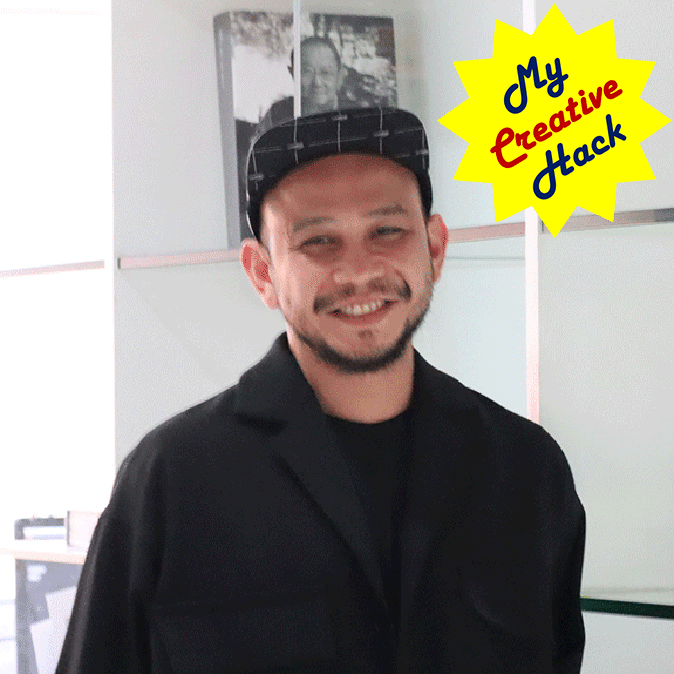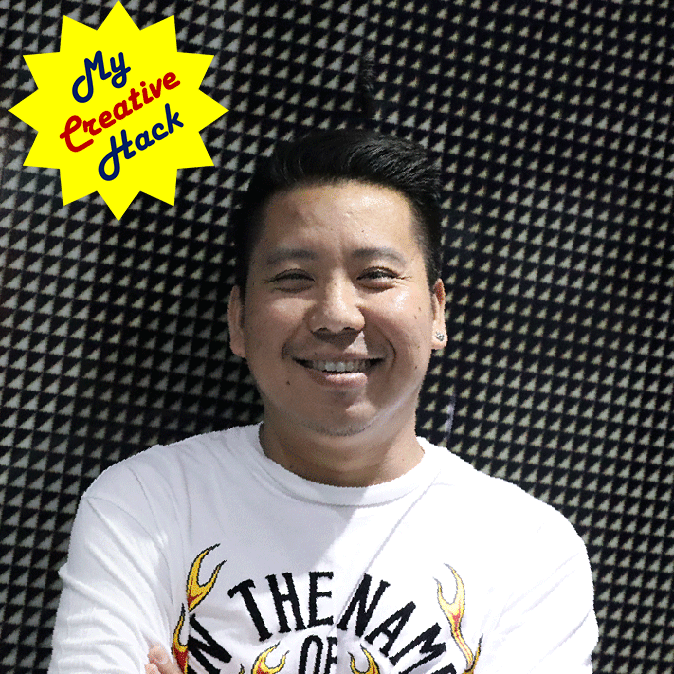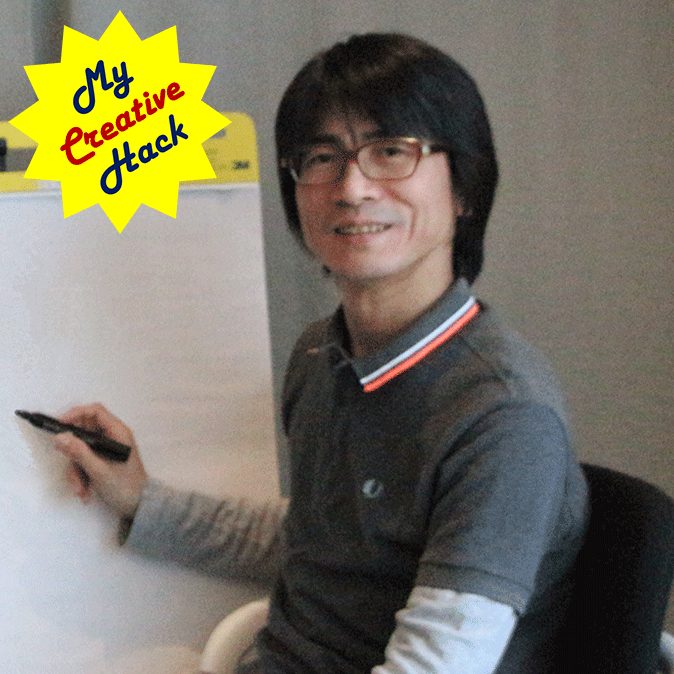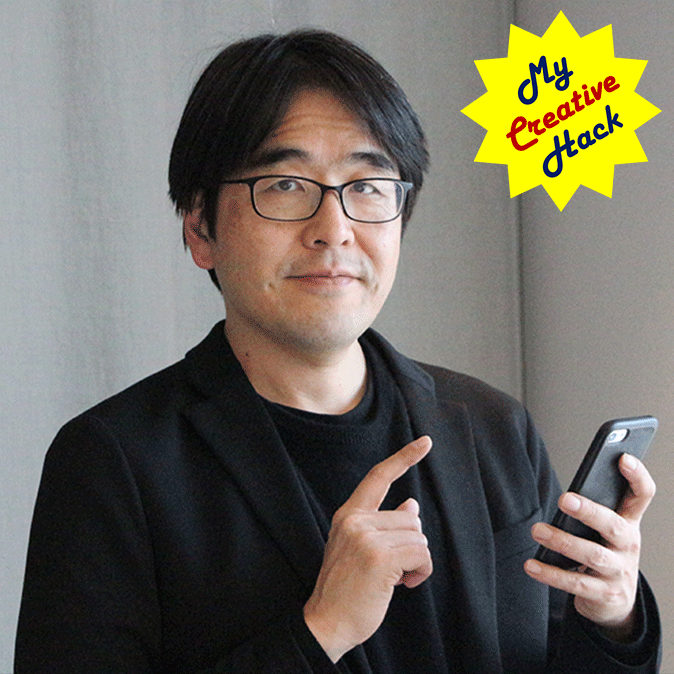- Viewpoints
My Creative Hack is a series of articles that introduces tips, practices, techniques and know-how that our experts use every day in their work to come up with new ideas, pinpoint the best ones and foster team work, etc. Here Aman Nischal, Senior Creative Officer at Hakuhodo.Lync Private Limited, India, explains why creating a “stereotypical” member of a target audience is a good thing in advertising.

We don’t buy products or services. We borrow their personas.
What I mean is that the “why” of a brand will always resonate more with people than the “how” or the “what.” People don’t buy into brands because they have the best prices, or the highest quality; they buy into them because something about the voice of the brand has spoken to them. It’s not about creating a piece of communication. It’s about creating a perception.
Therefore, it isn’t just important but essential to understand the person, too. What about this brand will speak to their lives in a meaningful way? What voice will they relate to the most? What will make this person take action? These are the questions that lead to truly great advertising.
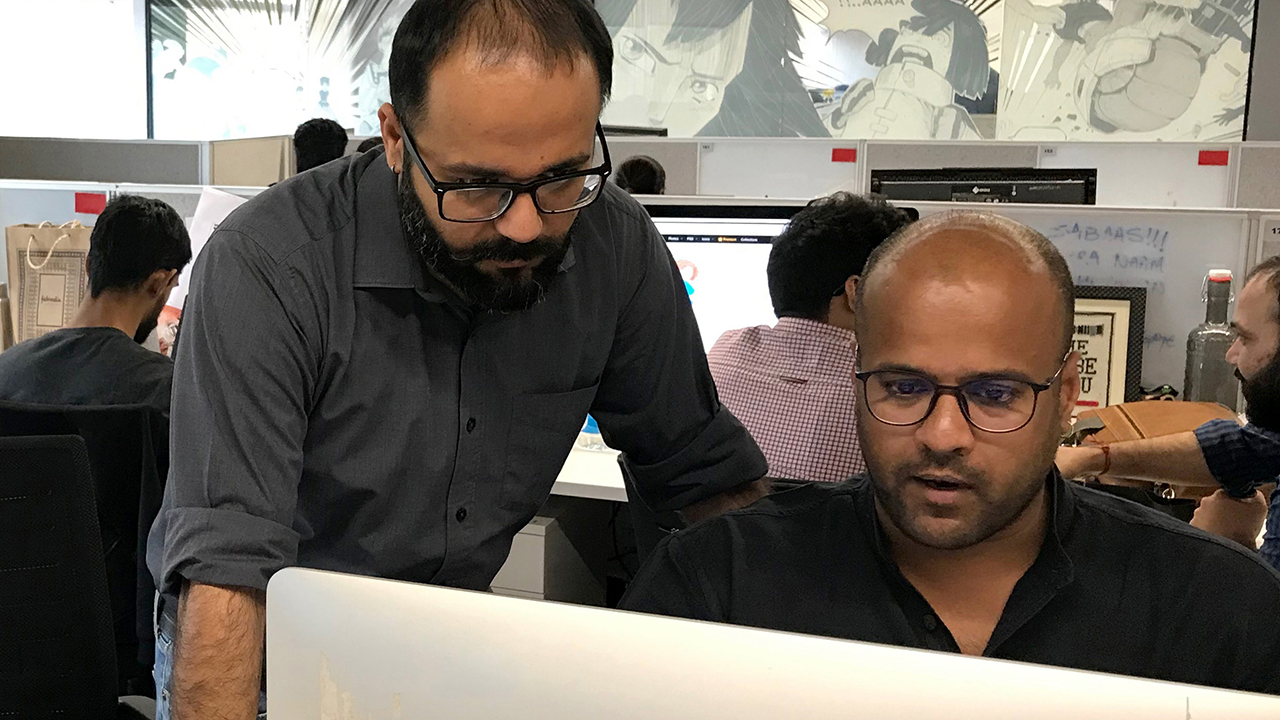
People are (mostly) different?
An individual is unpredictable, but “people” are not. Groups of people react the same way to external stimuli. This is great for lots of things: crowd management, medical care, sociology.
But we’re in advertising. Predictability is basically a swear word for us. So how do we go from “these people” to “this person?”
The answer lies in something we should not do as human beings, but most certainly should do as advertisers: stereotyping!
New parents are overly protective of their children.
We are irritable when we’re hungry.
Young people are obsessed with online culture.
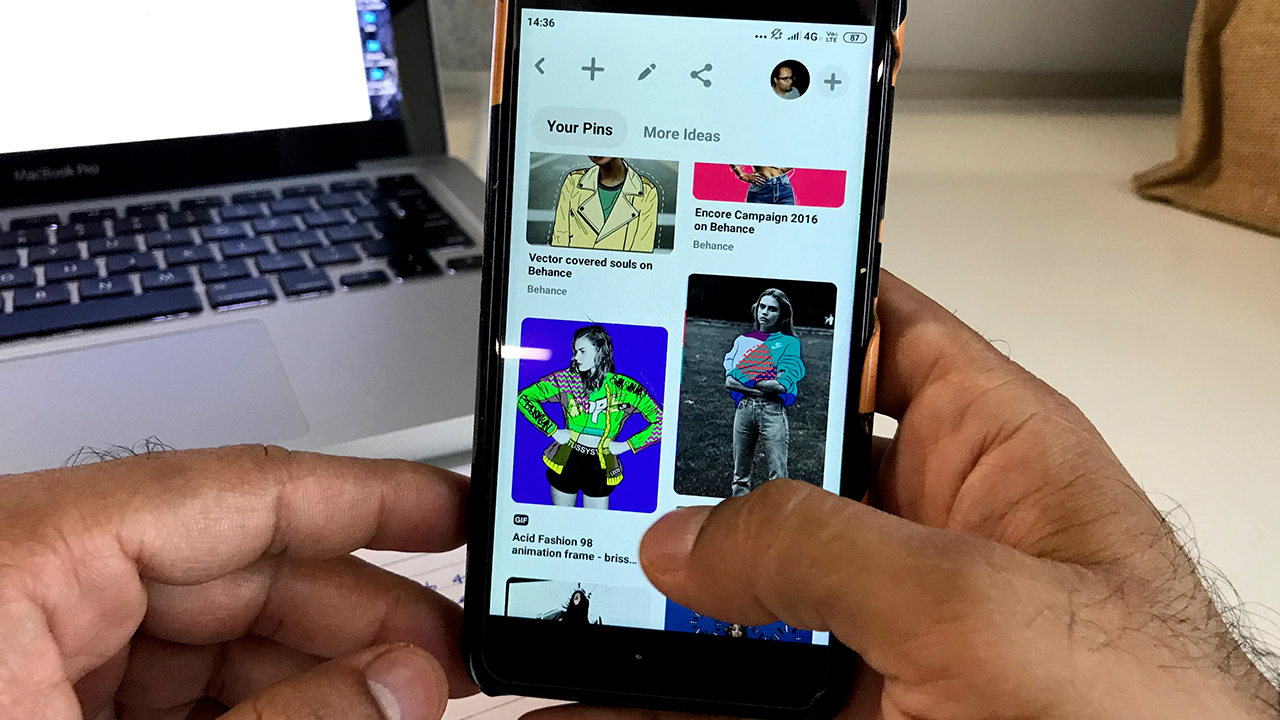
These are all examples of stereotypes that were the basis for some truly effective advertising in recent years.
Stereotyping is good
Yes. Stereotyping. Of course, not in the traditional way of ascribing generalized statements (undeservedly) to entire populations. What we do is take the most common insights from a population, and use them to build a caricature of a human being.
If we chose a “stereotypical” member of a certain population, and judge every piece of communication as to how they would react, we’ll find that our communication can take unintended but fortuitous tangents. We’ll also find that the resonance and relatability of our communication is greatly enhanced, because we are not judging them against a massive block of data, of meaningless categories and nomenclature; we’re judging them against a person.
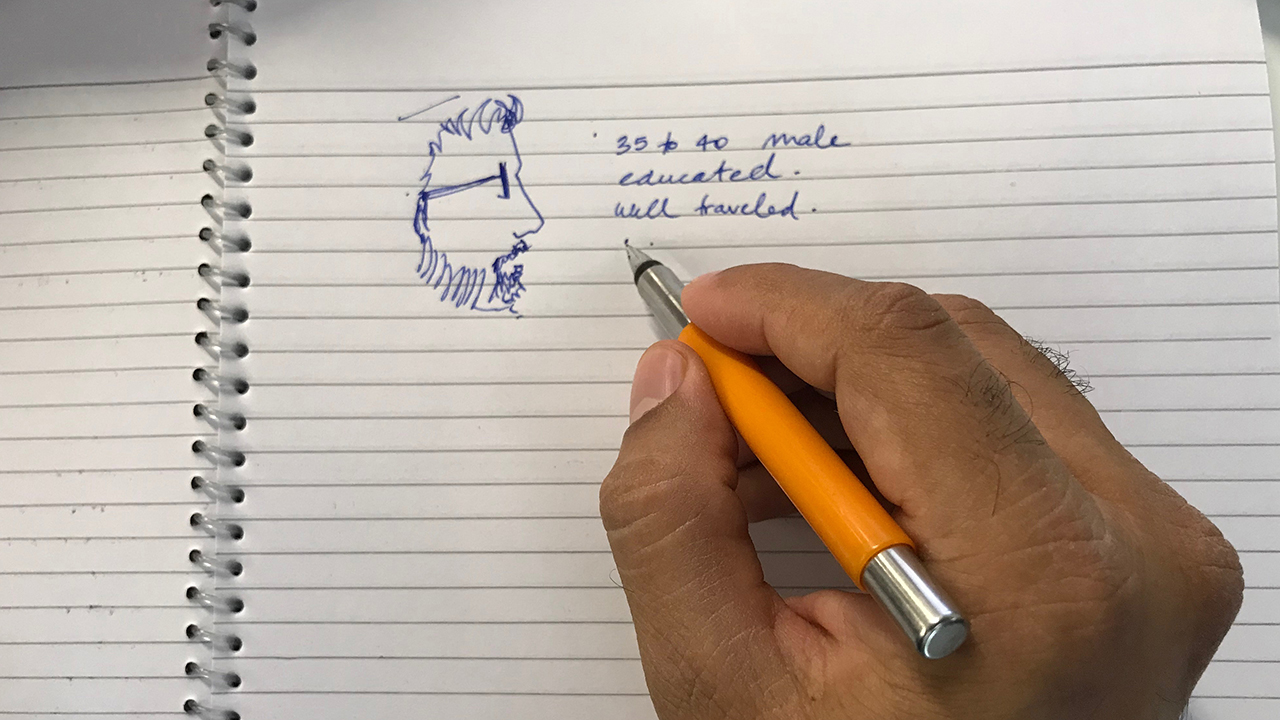
So how do I get to a “stereotype?”
Let me give you an example.
Say your next brief is to promote a food delivery app, one specifically for day-to-day culinary needs, not special treats and occasions. The intended audience is young families who are just getting the hang of raising a family and all the associated responsibilities.
Let’s look at the surface level: The audience will most likely be short on time, short on energy and short on money.
It’s not a lot of information to gauge the effectiveness of an ad is it? Let’s build ourselves a “stereotype!”
Meet “Shawn and Maria.” He’s 26. She’s 25.He’s an up-and-coming architect, which keeps him in the office for long and unpredictable hours. She’s a bank manager, which doesn’t leave her with a lot of free time either.
Like most people their age, they are tech-savvy, and while they enjoy going out and exploring, their new baby pretty much keeps them at home. Figuring out how to raise a baby and balance their new household and work—without putting their careers on the backburner—is their daily routine.
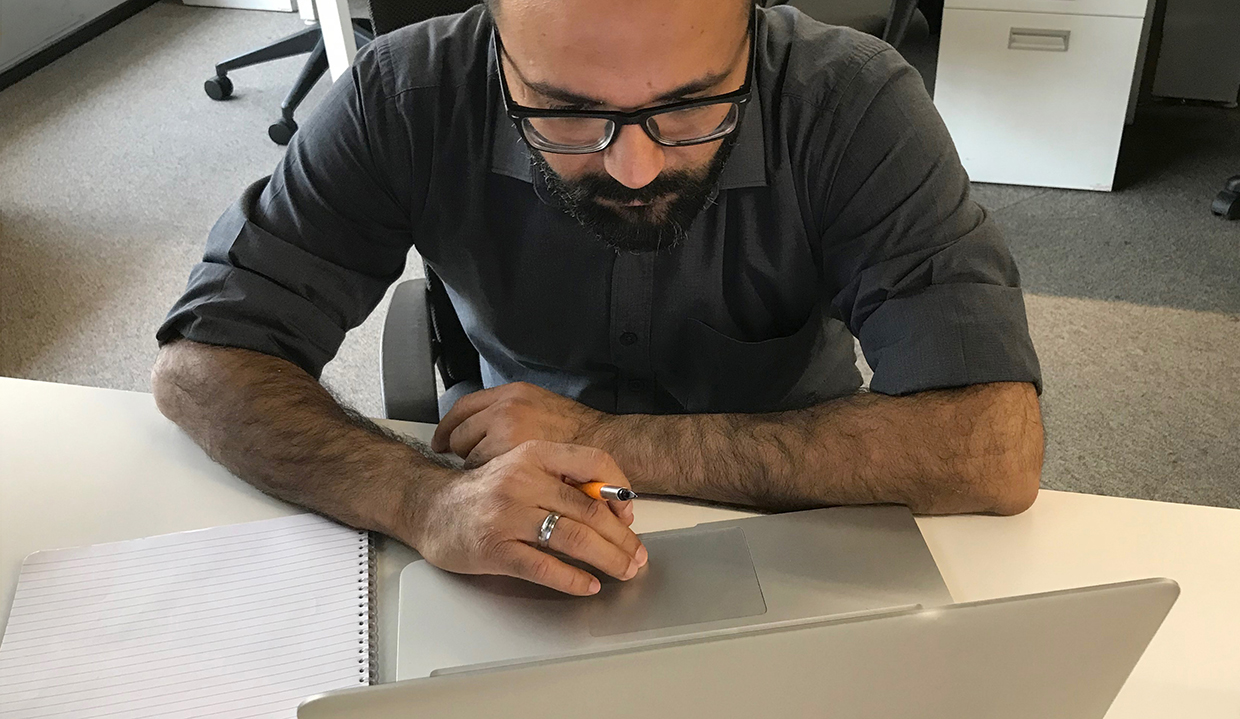
Ask yourself: What would Shawn do?
Now that we’ve met our new friends, the simple task is just to run everything through the filter: Would Shawn and Maria like it? Just asking this one question will allow you to tailor your communication to your target audience.
Various apps may have a number of benefits, but only a few will truly speak to Shawn and Maria and push them to download and use them.
If all our communication is designed around the idea that you can now have access to the highest quality food in your city, Shawn and Maria are most likely not going to care. They are not interested in living the high life; they just want to make the most of the precious moments they do get.
On the other hand, if we talk to Shawn and Maria about how convenient the app is to use, and how you don’t need to make any reservations or plans in advance, a busy and overwhelmed couple like Shawn and Maria will immediately understand the great offering that is in front of them.
This is just a simple example, and any brief will have multiple variables to take into account, but it does highlight the point of the exercise effectively: Using “stereotypes” to create a functioning model human being to use as a theoretical test subject can help you elevate the resonance factor of any and all communication, and at the end of the day, that’s exactly what this business is all about. So once in a while, don’t be afraid to stereotype!

Hakuhodo.Lync Private Limited
New Delhi













